Students show off their creativity during competition for biomimetic underwater fish models
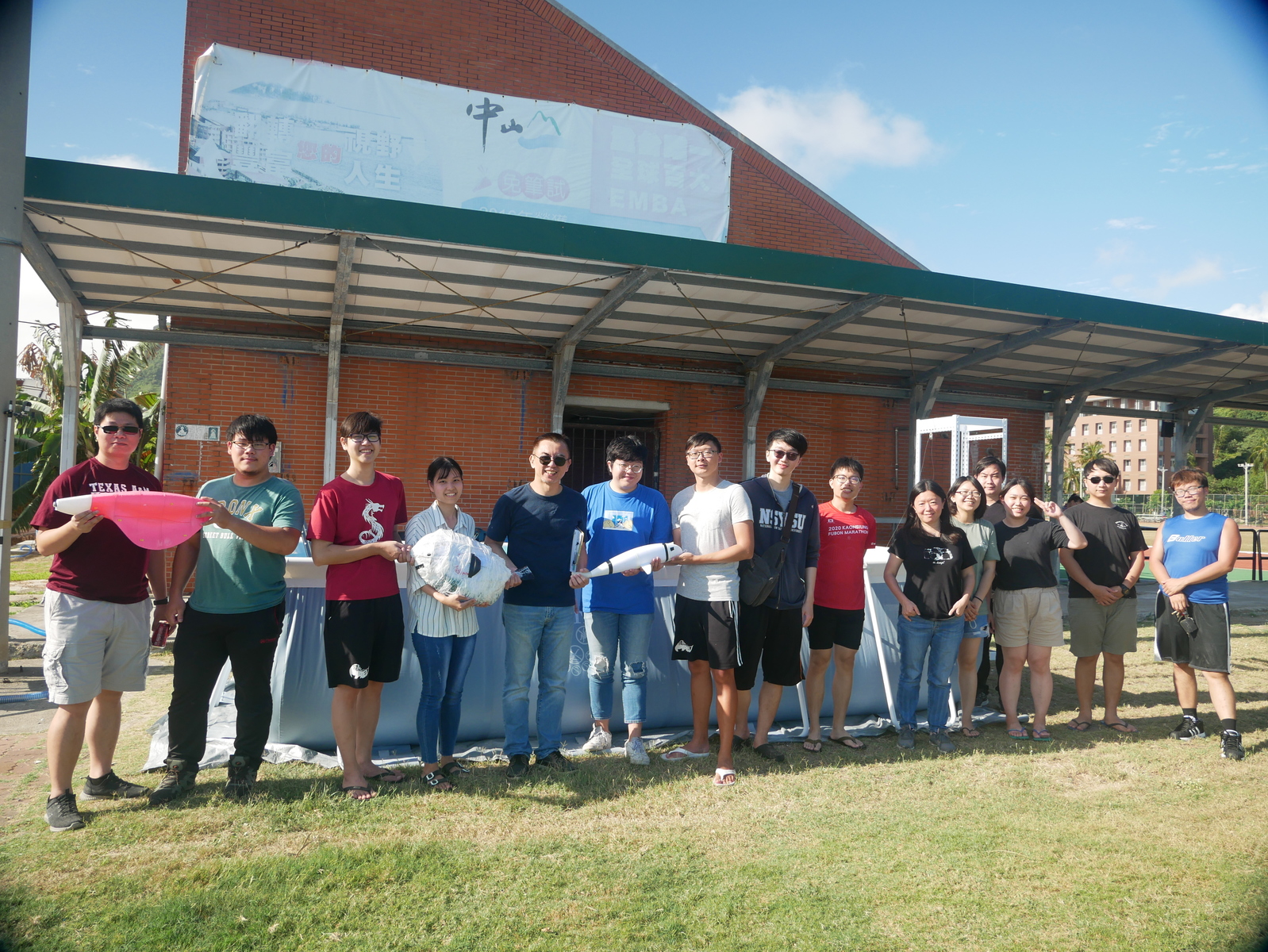
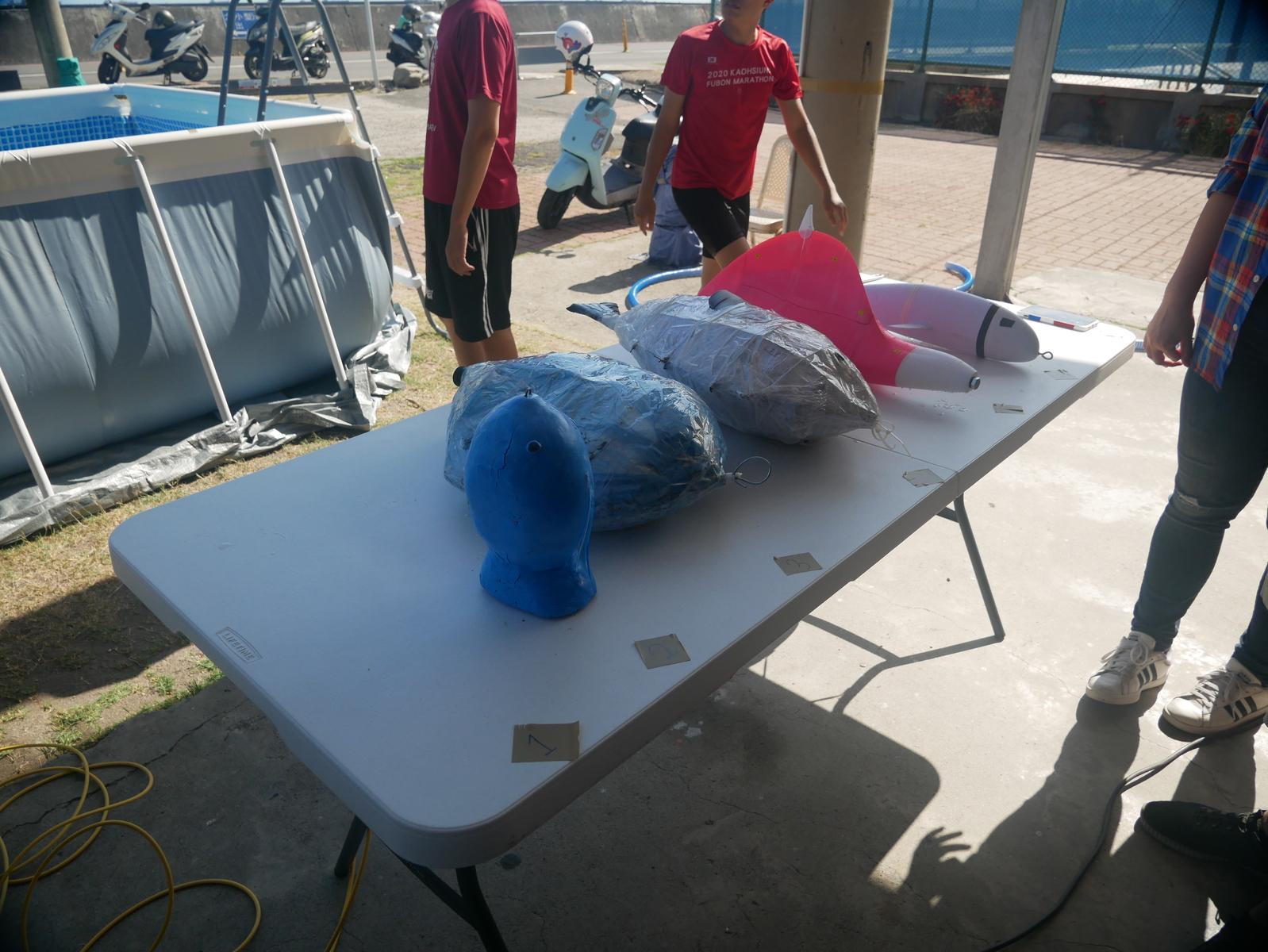
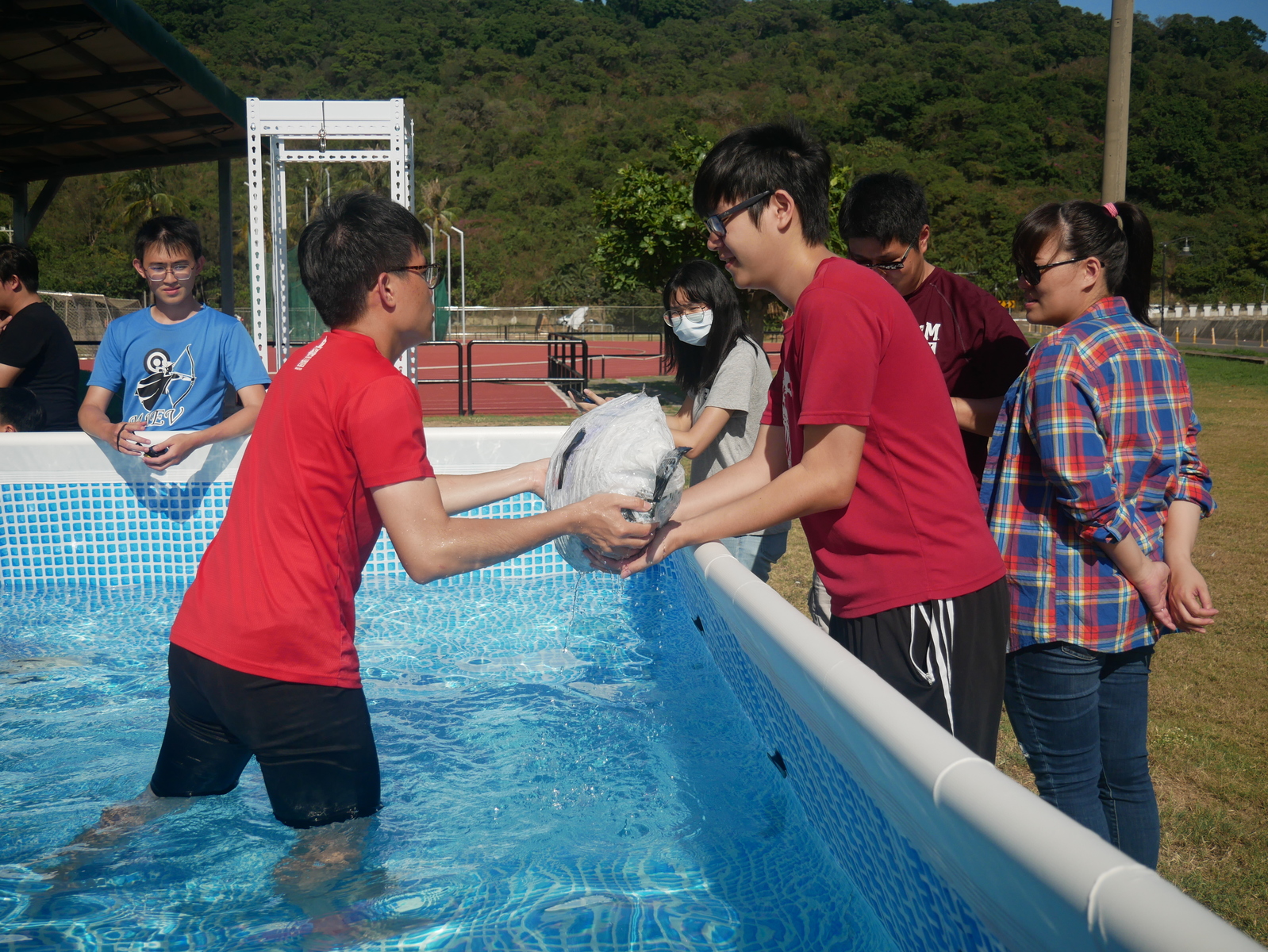
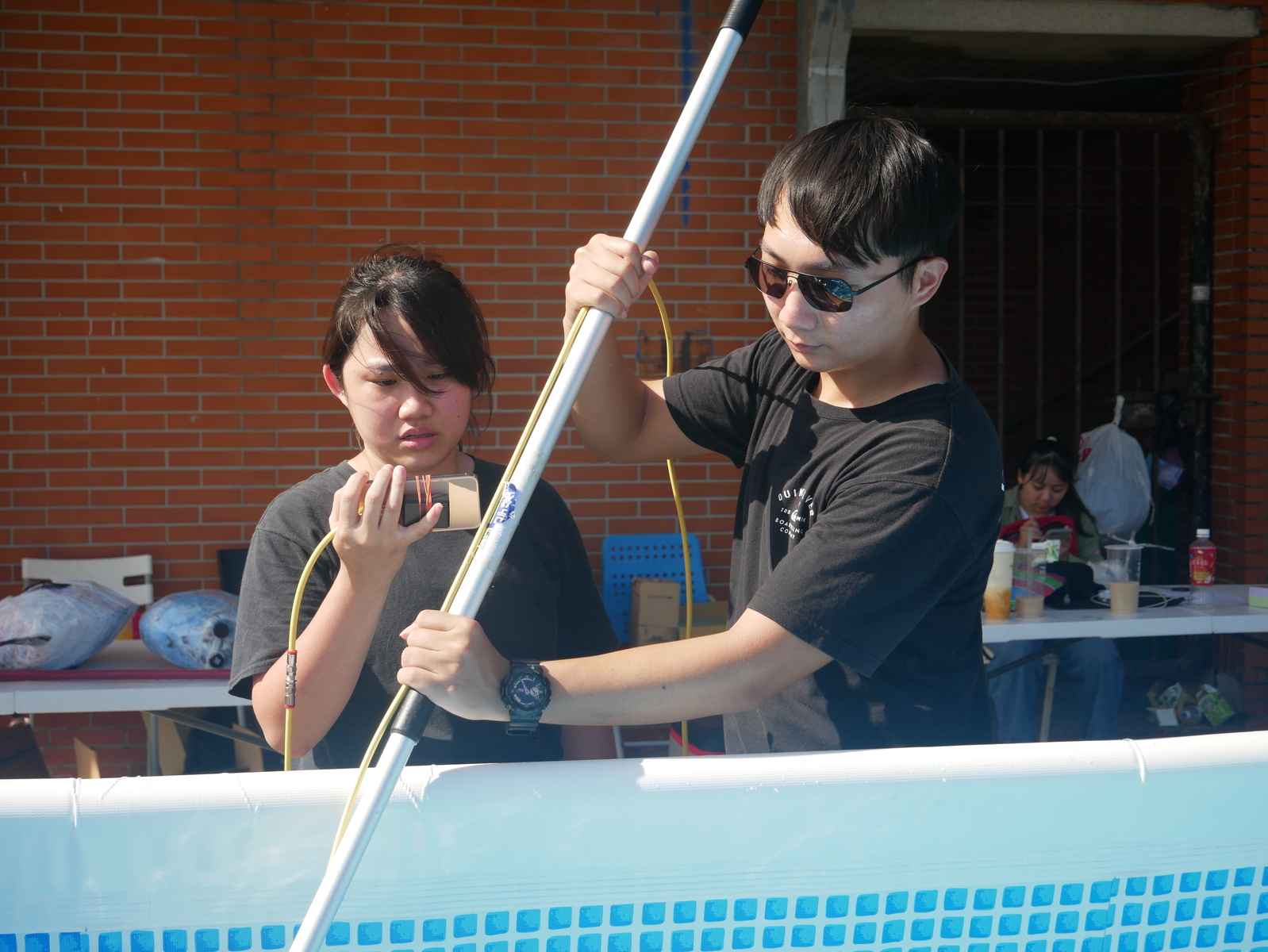
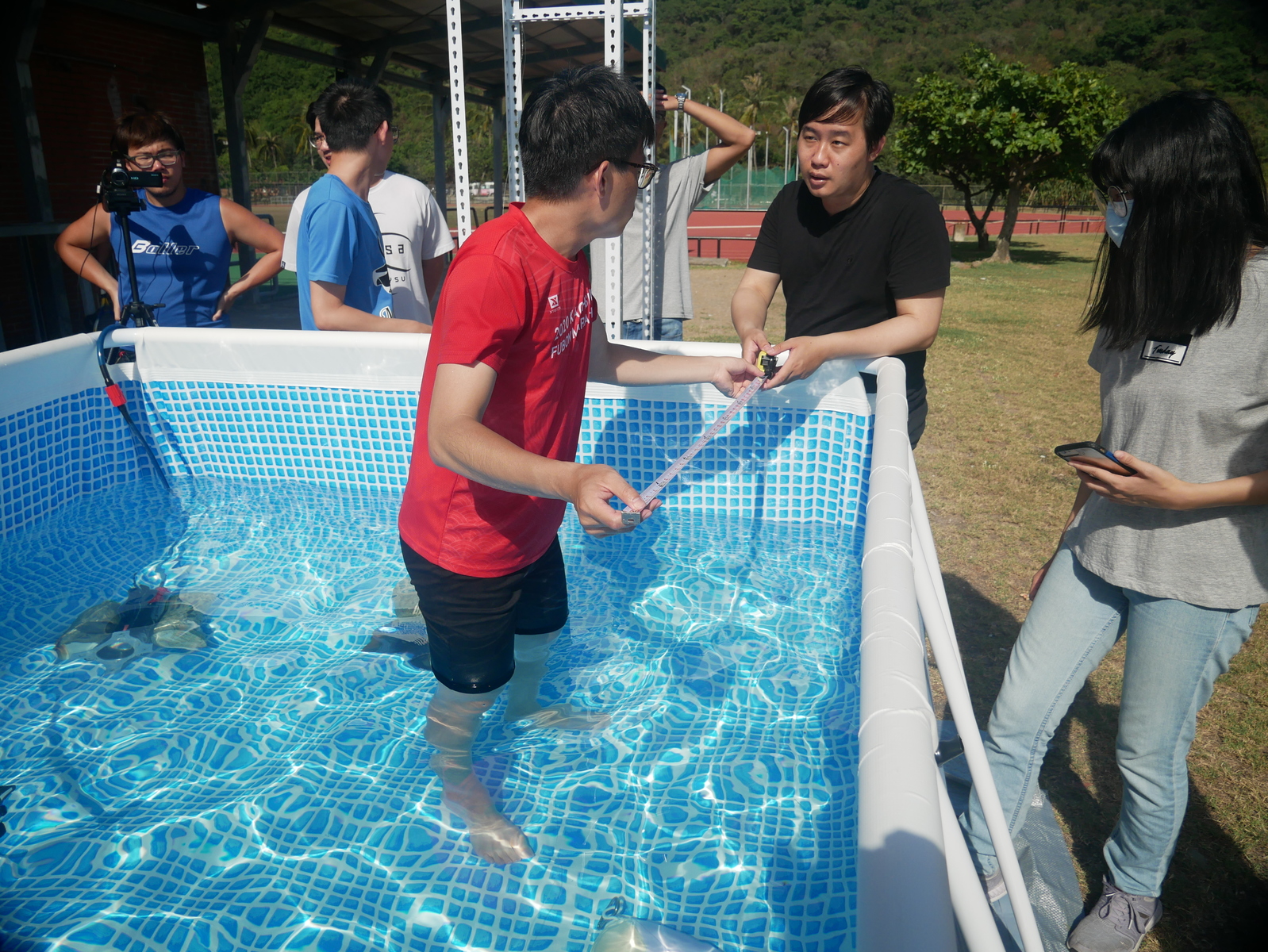
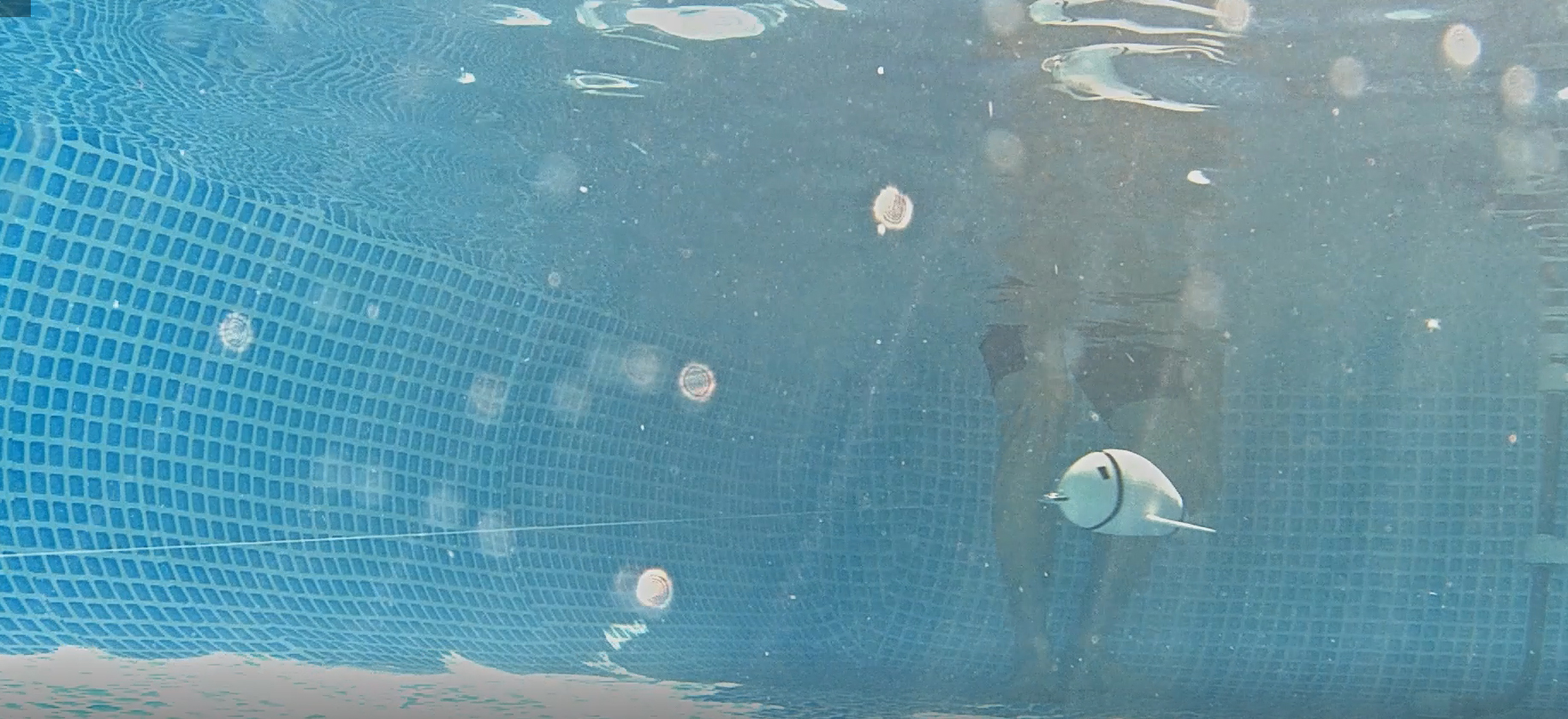
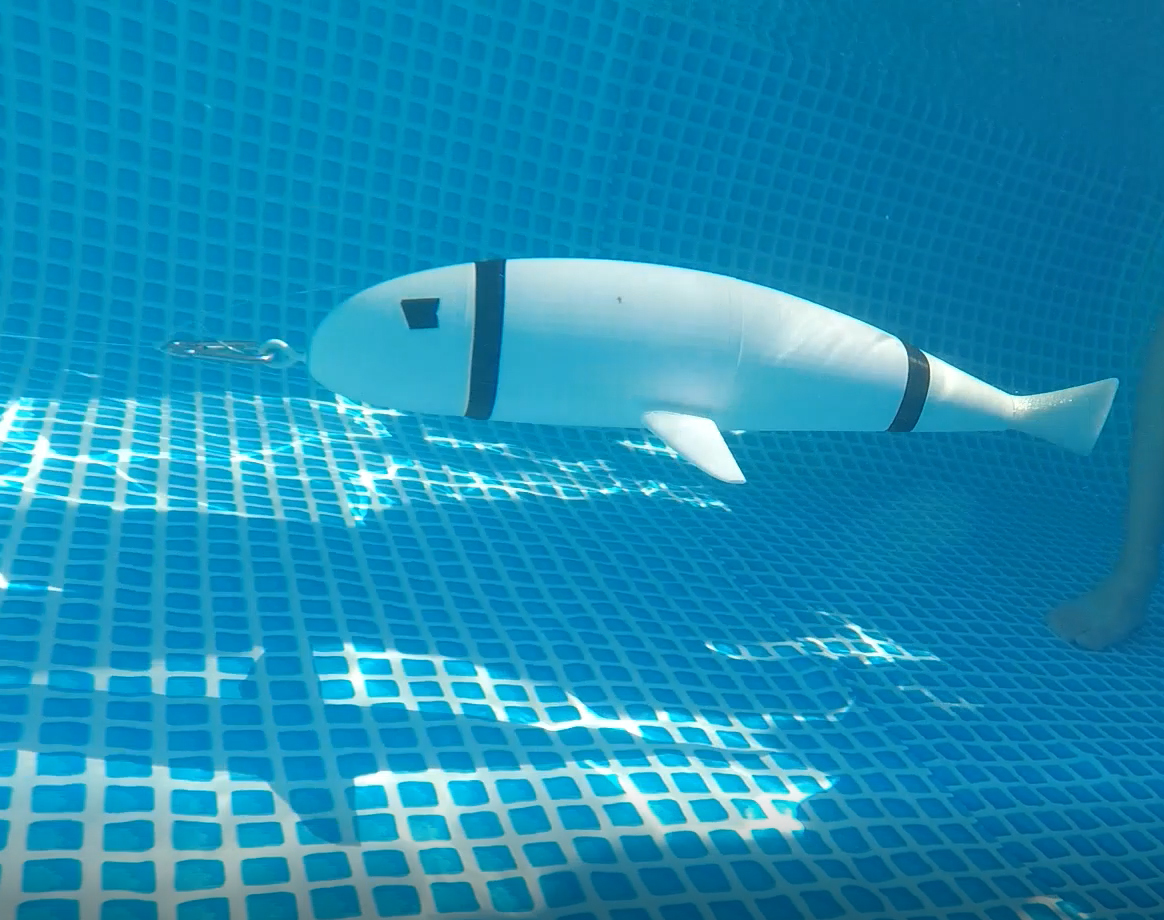
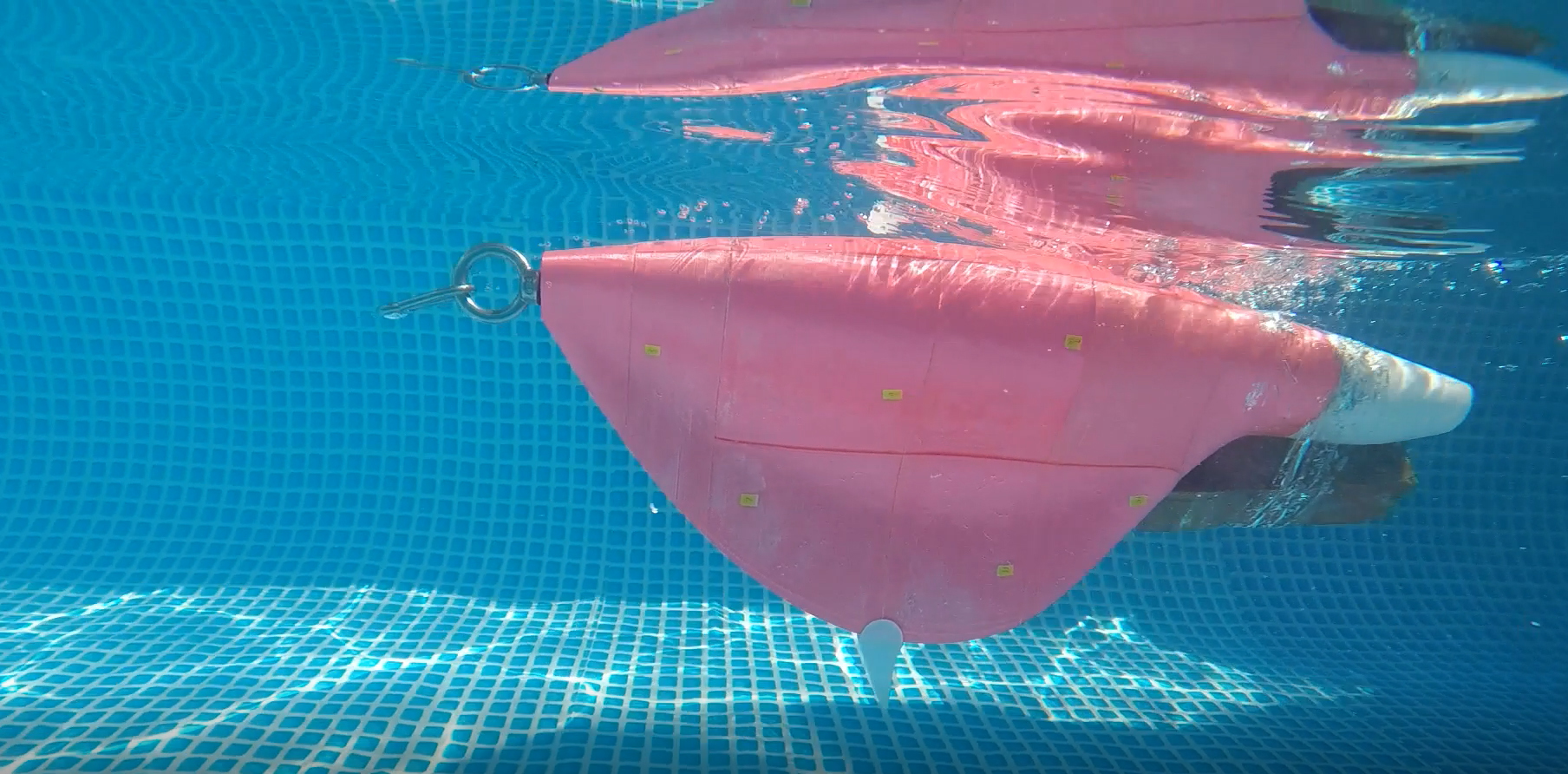
(Provided by Teaching and Learning Development and Resources Center) The working group of the Ocean-Awareness Revival and Co-Learning Alliance and the Department of Marine Environment and Engineering at National Sun Yat-sen University, National Museum of Marine Science & Technology, and Taiwan Ocean Research Institute organized a competition for biomimetic underwater models of fish. This was a great opportunity for students to show off their creativity by designing and producing biomimetic models in the shape of a cuttlefish, whale, or any other marine animal using clay, plastic, and 3D printing. Besides, the students needed to make detailed calculations about the model’s weight, size, and water resistance for the best results.
The purpose of design is to help us solve problems in everyday life. Species survive by solving many different problems through evolution, thus, drawing ideas and models from the animal world for the design process is more and more popular and this is how biomimetic design became a trend. To bring the biomimetic design to the campus was not an easy task, said one of the organizers, Associate Professor Shiau-Yun Lu of the Department of Marine Environment and Engineering at NSYSU. She said that the competition not only promoted the concept of biomimetic design but also stimulated students’ innovative thinking capabilities. Contestants’ works were evaluated in three aspects: the application of biomimicry, design concept, and underwater model presentation. On the day of the competition, each team’s model was tested in the water. A block and tackle system was installed in the pool, where a thin rope connected the model with weights and pulled it forwards. The jury measured the time and distance made by the model after it was disconnected from the rope. The longer the distance made by the model, the better its water resistance. The competition was possible also thanks to the help of the Physical and Health Division, which provided water from the swimming pool for reuse, setting a positive example of responsible use of resources.
Students of the Department of Marine Environment and Engineering – Yu-Chen Cheng, Shih-Che Lin, and Yeh-Kai Lin, whose model won the contest thanks to its best mobility, said that their original plan was to make the model fully resemble a barracuda, however, they had to adapt it to the standard requirements of the contest, so the fish ended up having the head of a beluga whale and fins of a killer whale. The winner of the second prize was an eye-catching model as well, modeled after three water animals: cuttlefish, mosquitofish, and whale; the team’s biomimicry concept was praised by Associate Professor Lu. Unfortunately, their work had a small defect: the 3D printed water ballast inside of the model was incorporated in a later stage of work and was not very well integrated, so the model could not easily submerge in water.
Assistant Professor Lu said that two workshops preceded this competition: the first was organized by Associate Professor Te-Yu Liao of the Department of Oceanography who taught the students about the relation between fluids and fish evolution, and showed how to make fish models out of clay. Assistant Professor Po-Hung Yeh of the Department of Marine Environment and Engineering led the second workshop and showed the students how fish reduce water resistance swimming in a sink. Then, the participants learned how to print 3D models of fish under the guidance of Associate Professor Yu-Jen Wang of the Department of Mechanical and Electrical Engineering. Associate Professor Lu said that many students think of engineering as a complicated process and do not feel confident enough to try. The combination of a working group, competition, and workshops let them have a try with engineering in a fun way.
(Edited by Public Affairs Division)
The purpose of design is to help us solve problems in everyday life. Species survive by solving many different problems through evolution, thus, drawing ideas and models from the animal world for the design process is more and more popular and this is how biomimetic design became a trend. To bring the biomimetic design to the campus was not an easy task, said one of the organizers, Associate Professor Shiau-Yun Lu of the Department of Marine Environment and Engineering at NSYSU. She said that the competition not only promoted the concept of biomimetic design but also stimulated students’ innovative thinking capabilities. Contestants’ works were evaluated in three aspects: the application of biomimicry, design concept, and underwater model presentation. On the day of the competition, each team’s model was tested in the water. A block and tackle system was installed in the pool, where a thin rope connected the model with weights and pulled it forwards. The jury measured the time and distance made by the model after it was disconnected from the rope. The longer the distance made by the model, the better its water resistance. The competition was possible also thanks to the help of the Physical and Health Division, which provided water from the swimming pool for reuse, setting a positive example of responsible use of resources.
Students of the Department of Marine Environment and Engineering – Yu-Chen Cheng, Shih-Che Lin, and Yeh-Kai Lin, whose model won the contest thanks to its best mobility, said that their original plan was to make the model fully resemble a barracuda, however, they had to adapt it to the standard requirements of the contest, so the fish ended up having the head of a beluga whale and fins of a killer whale. The winner of the second prize was an eye-catching model as well, modeled after three water animals: cuttlefish, mosquitofish, and whale; the team’s biomimicry concept was praised by Associate Professor Lu. Unfortunately, their work had a small defect: the 3D printed water ballast inside of the model was incorporated in a later stage of work and was not very well integrated, so the model could not easily submerge in water.
Assistant Professor Lu said that two workshops preceded this competition: the first was organized by Associate Professor Te-Yu Liao of the Department of Oceanography who taught the students about the relation between fluids and fish evolution, and showed how to make fish models out of clay. Assistant Professor Po-Hung Yeh of the Department of Marine Environment and Engineering led the second workshop and showed the students how fish reduce water resistance swimming in a sink. Then, the participants learned how to print 3D models of fish under the guidance of Associate Professor Yu-Jen Wang of the Department of Mechanical and Electrical Engineering. Associate Professor Lu said that many students think of engineering as a complicated process and do not feel confident enough to try. The combination of a working group, competition, and workshops let them have a try with engineering in a fun way.
(Edited by Public Affairs Division)
Click Num:
Share
